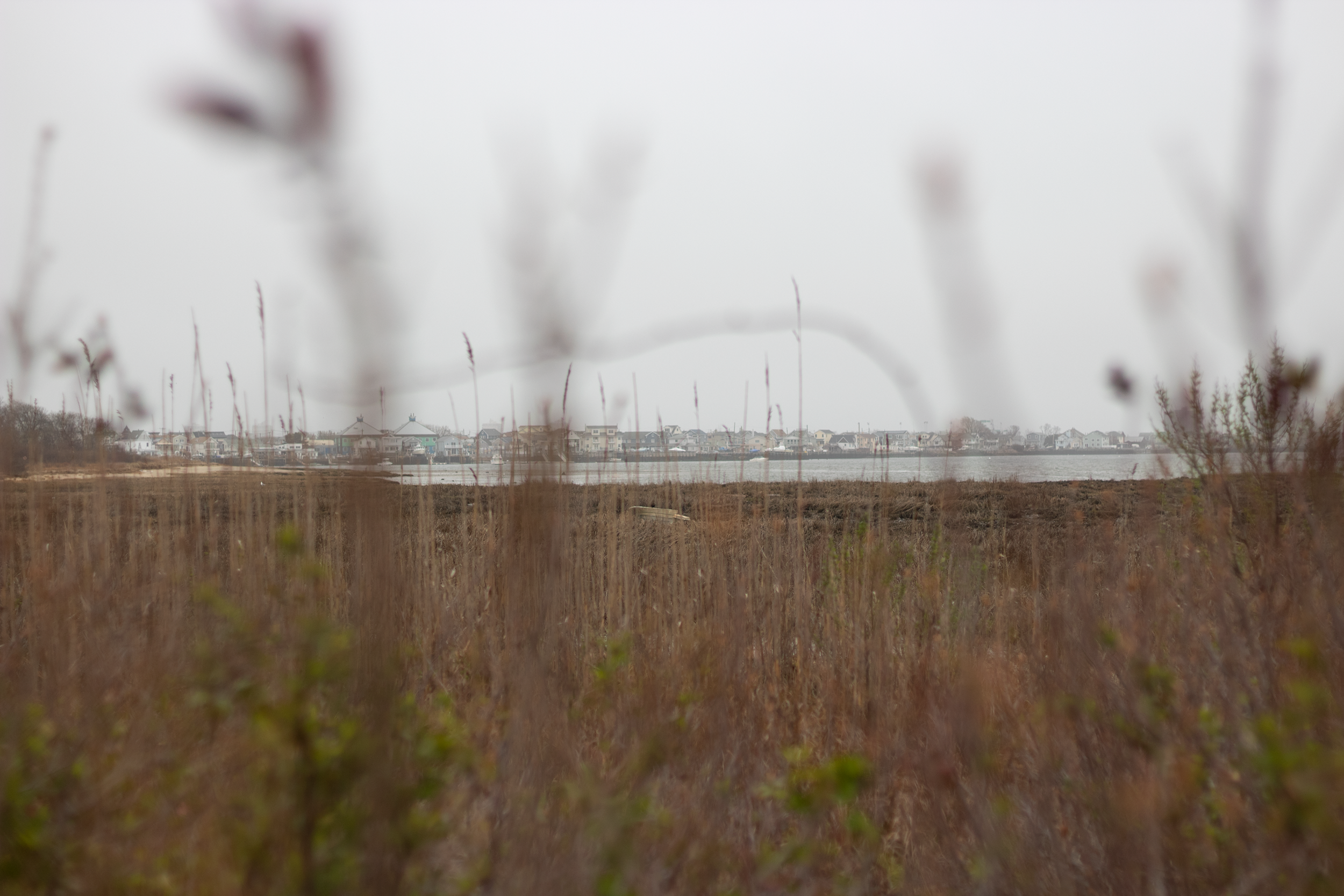Spring has sprung at Jamaica Bay Wildlife Refuge
/Eagle photos by Victoria Merlino.
By Victoria Merlino
As May approaches, the weather is warming, the birds are chirping and more and more New Yorkers are starting to shake off the winter blues and venture outside again.
For Queens residents looking for something to do on a fine spring day, look no further than the Jamaica Bay Wildlife Refuge. With its array of mudflats, open bay, salt marshes and woods, it's the perfect setting for a stroll and a great place to spot some cool critters.
Here are four facts about the refuge to know before you go:
1. Get Your Cactus Fix
The only native northeastern species of cacti, the eastern prickly pear, can be found all throughout Jamaica Bay Wildlife Refuge, according to the National Park Service website. In May and June, mature cacti will produce bright yellow flowers.
Watch your step — cacti abound.
2. A Bird Watcher’s Dream
There have been 325 species of birds recorded at the refuge, according to the National Park Service, and the “birding” here is great during all seasons. In the spring, peak migration for shorebirds and songbirds passing within the refuge is in May, according to the New York City Audubon, a nonprofit group dedicated to protecting wild birds, so get your binoculars ready.
A bird visits a feeder.
3. Enjoy the Programming
Jamaica Bay Wildlife Refuge has a ton of programming for every age to enjoy. Help weed out invasive species, go on a guided osprey watch or go on a guided tour of the marsh — the opportunities are endless. For a full schedule of events, visit nps.gov/gate.
Flowers bloom at the Jamaica Bay Wildlife Refuge.
4. Only One Part of a Massive Whole
The Jamaica Bay Wildlife Refuge is part of the Gateway National Recreation Area, which spans across multiple areas in New York and New Jersey. On the shores of Jamaica Bay, you can also visit the historic Floyd Bennett Field in Brooklyn or the trails of Queens’ Fort Tilden and Jacob Riis Park if you like the refuge and want to experience more.








